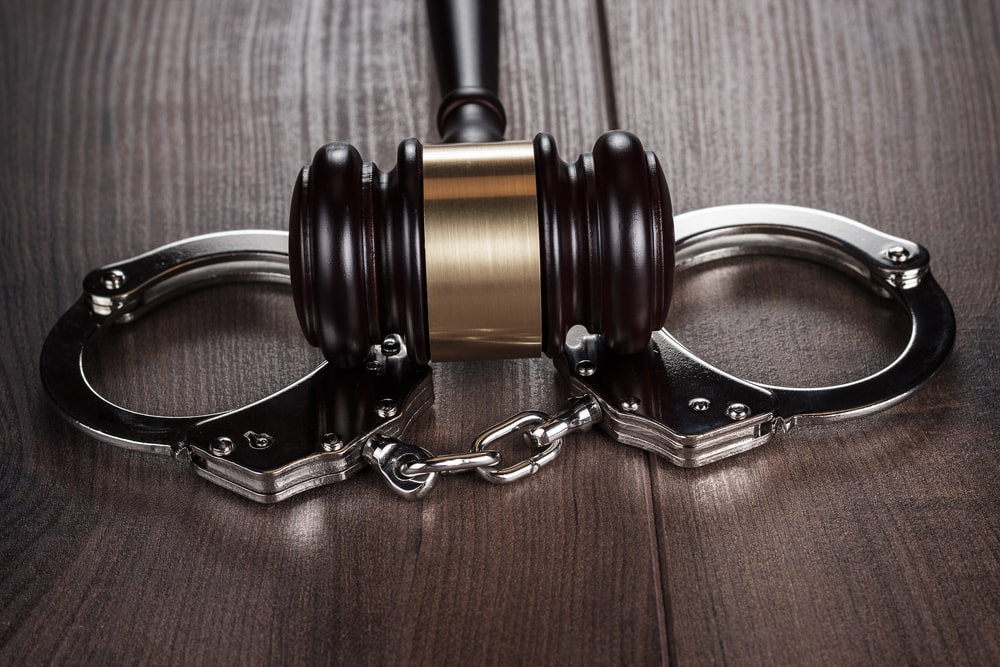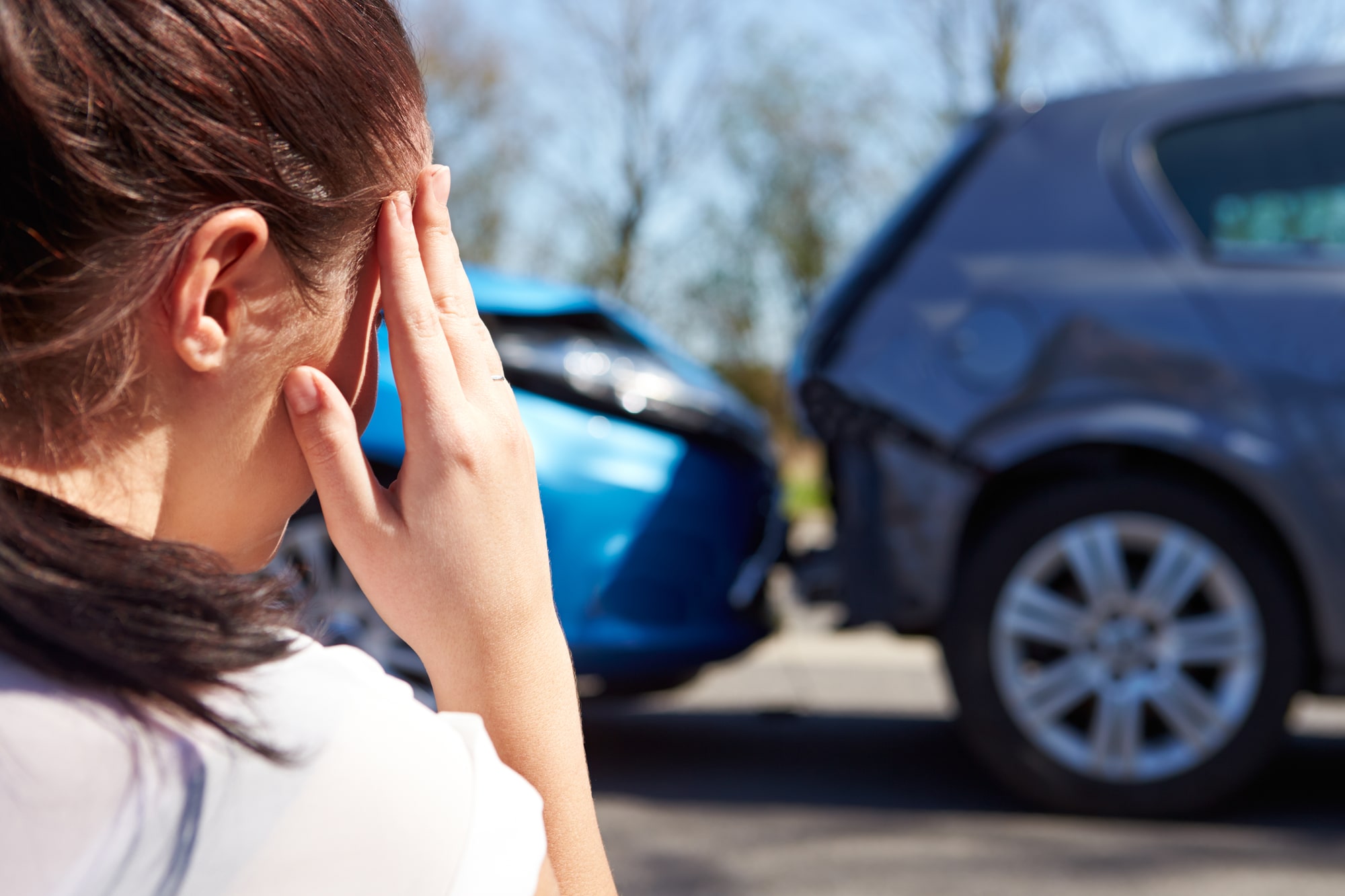Understanding The Impact Of Weather On Car Accidents

Car accidents are an unfortunate reality on the roads. Various factors can contribute to these incidents, with weather conditions being a significant yet often underestimated cause. Recognizing how different weather scenarios impact driving can help individuals take necessary precautions and seek appropriate legal assistance from a car accident lawyer if involved in an accident. Our friends from The Eskesen Law Firm know how dangerous weather can be, and list some of the signs that you need to proceed with caution, below.
Rain And Wet Roads
Rain is one of the most common weather conditions that affect driving. Wet roads reduce tire traction, making vehicles more prone to skidding and hydroplaning. Reduced visibility due to rain also impairs drivers’ ability to see other vehicles, pedestrians, and road signs. This combination of reduced traction and visibility can lead to an increased likelihood of rear-end collisions, side-impact crashes, and single-vehicle accidents.
Snow And Ice Hazards
Snow and ice present some of the most dangerous driving conditions. Snow reduces visibility and makes roads slippery, while ice, especially black ice, can be nearly invisible and incredibly hazardous. Drivers often underestimate the dangers of icy conditions, leading to increased braking distances and a higher chance of losing control of their vehicle. Accidents in snow and ice are often severe due to the high speed at which vehicles can lose traction.
Fog And Reduced Visibility
Fog significantly decreases visibility, making it difficult for drivers to see the road ahead and surrounding traffic. Dense fog can create a sense of disorientation and cause drivers to misjudge distances. This reduced visibility increases the likelihood of multi-vehicle pile-ups and severe accidents, particularly on highways where vehicles travel at higher speeds.
High Winds And Control Issues
High winds can make driving challenging, especially for larger vehicles such as trucks, SUVs, and vans. Strong gusts can cause vehicles to drift out of their lanes or even tip over in extreme cases. High winds also create additional hazards by blowing debris onto the road, which can obstruct driving paths and cause sudden, unexpected maneuvers.
Severe Weather Conditions
Severe weather conditions, including thunderstorms, hailstorms, and tornadoes, pose significant dangers to drivers. Thunderstorms often bring heavy rain, lightning, and strong winds, while hail can damage vehicles and reduce visibility. Tornadoes present an immediate threat to life and property, making it crucial to avoid driving during such conditions whenever possible.
The Legal Implications Of Weather-Related Accidents
Understanding the role of weather in car accidents is essential when seeking legal recourse. Weather conditions can influence the determination of fault and liability. For instance, if a driver failed to adjust their speed in poor weather conditions, they might be found negligent. Additionally, road maintenance and municipal responsibilities, such as salting icy roads, can play a role in legal outcomes.
Steps To Take After A Weather-Related Accident
In the unfortunate event of a car accident during adverse weather conditions, several steps can help protect rights and strengthen any potential legal case:
1. Ensure Safety: Move to a safe location if possible and check for injuries.
2. Contact Authorities: Report the accident to the police to ensure an official report is filed.
3. Document The Scene: Take photos and videos of the accident scene, weather conditions, and any visible damage.
4. Exchange Information: Collect contact and insurance information from all involved parties.
5. Seek Medical Attention: Even if injuries seem minor, it is crucial to get a medical evaluation.
6. Consult A Lawyer: Contact a car accident lawyer to discuss the case and understand legal options.
How A Car Accident Lawyer Can Help
Navigating the complexities of a weather-related car accident case can be challenging. A skilled car accident lawyer can provide valuable assistance by:
– Investigating the accident and gathering evidence
– Determining liability and negligence
– Negotiating with insurance companies
– Representing the case in court if necessary
Weather-related car accidents require a thorough understanding of both driving conditions and legal principles. Seeking professional legal help ensures that affected individuals can receive the compensation they deserve for their injuries and damages.
Taking The Next Step
Weather conditions can dramatically affect driving safety and the likelihood of accidents. Understanding these effects and knowing how to respond in the aftermath can make a significant difference. If involved in a weather-related car accident, consider reaching out to a qualified car accident lawyer to explore legal options and secure the necessary support for recovery. Contact a car accident attorney today to discuss your case and take the first step toward achieving a fair resolution.
Note: The information provided in this blog post about injury car accidents in Los Angeles is for general informational purposes only and should not be considered legal advice.
Disclaimer: No attorney-client relationship is established by accessing or using this information. Readers should consult with a qualified attorney for advice specific to their situation. The authors make no representations regarding the accuracy or suitability of the information provided and disclaim any liability for reliance on it. Laws and regulations may vary and are subject to change.



